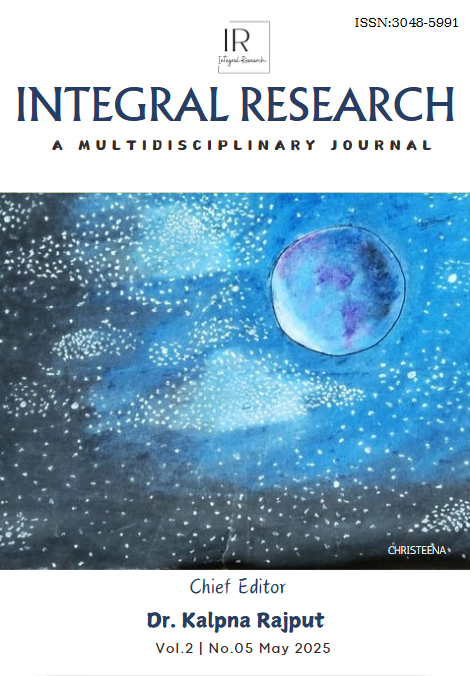Racist Aesthetics and Slave Women’s Resistance: A Study of Kevin Missal’s Durga
Main Article Content
Abstract
Kevin Missal is a promising Indian mythology novelist who is writing in English. Missal’s Durga is the first part of his planned Devi duology. The novel takes the major characters and subject from the Devi Mahatmya - consists of chapters 81–93 - of Markandeya Purana, one of the eighteen major Puranas of Hinduism. The narrative is based on the popular myth of the Nine Nights battle between Durga and Mahishasura, ending with Mahishasura’s death. The novel doesn’t incline to recreate the myth, but rather it addresses the issues of crime and oppression of women. The chief narrative revolves around Durga and Mahishasura’s conflict. Some mini-narratives are craftily intertwined with the main narrative. Gauri’s revolt against Mahishasura’s devilish empire is one of them. This paper aligns with Mary Wollstonecraft’s statement "Many are the causes that, in the … corrupt state of society, contribute to enslave women by cramping their understandings and sharpening their senses” (510). The paper examines the causes prevalent in the corrupt society of Mahishashur’s kingdom, which Missal has effectively used as a symbol of the present society. The chief objective of this paper is to present how Missal has inverted racist aesthetics through the mini-narrative of Gauri, and how a spark of hope from the ashes of fear cultivates a sense of sisterhood among slave women. Gauri’s mini-narrative is analysed to decode the archetypal motif of the oppressed rebelling against their oppressors.
Downloads
Article Details
Section

This work is licensed under a Creative Commons Attribution-NonCommercial 4.0 International License.

